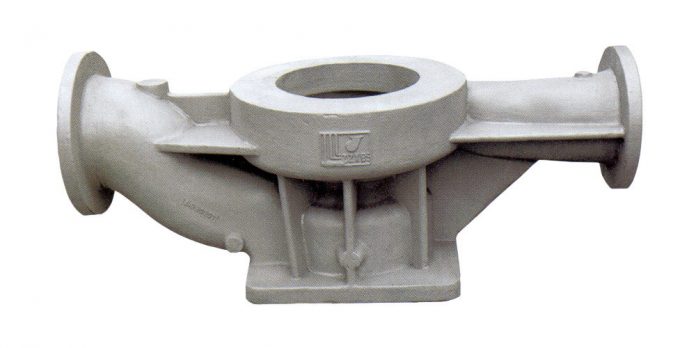Casting is a manufacturing technique where molten metal is poured into a mold to create a part. The mold is typically made in the shape of the manufactured part. There are various types of casting techniques. Sand casting is among the most common and oldest ones. It is used to make intricate and large sand casting products where different sand casting materials are used in the process. This post will be focusing on these materials.
Primary sand casting materials
The sand casting technique involves the use of a wide range of materials. Four primary or basic materials are paramount for the success of the process. Below are these four materials;
1. The base sand
This is the essential sand used at the beginning of the process. It is pure sand that has not been mixed with any other agent. Various types of sand can be applied as the base sand. Some of the most common types used for sand casting are silica, olivine, chromite, and chamotte, to name a few.
2. The binding agent
This is a chemical used to bind the base sand and make it firm. It works by gluing the sanding particles together, keeping them from getting out of place when the sand is used to make the sand casting mold. Like it i the case with the sand, various types of binding agents can be applied in this process. The most common types are; clay and water, oil, resin, or silicate, to name a few. Clay and water are highly applied because they are simple to make and do not contain any chemical elements that could impact the final product. It is also worth mentioning that the type of bonding agent, like the sand type used, highly depends on the product to be manufactured.
3. The additives
These materials are typically added to the combination of the base sand and the binding agent. The role of the additives is to improve the strength and cushion the sand. It also helps improve the surface finish of the final product. In some instances, the additives are used to enable the refractoriness of the mold. The type of additive used is determined by the required characteristics for a specific final product. More than one additive can be used.
4. The combination sand
This is the product made when the base sand combines with the binding agent and the additives. This sand is usually firmly bonded, robust and features several other impressive qualities based on the type of additives used.
5. The parting compounds
The role of the parting compounds is to facilitate the removal of the pattern from the mold. The pattern is the part used to create the mold. The sand used to create the mold is usually firmly or tightly packed into the patterns. Thanks to the binding agent, the sand is generally held together. The parting compounds help with removing the pattern so that the mold remains an independent product.
Final word
Sand casting is applied in a wide range of industries. However, regardless of the applications, the materials mentioned above must be used. Therefore, if you are interested in the technique, the knowledge above would be essential.







